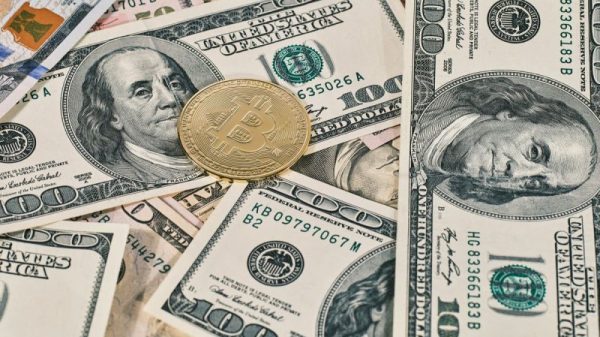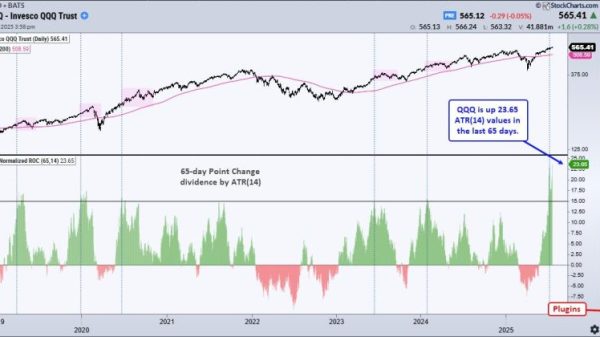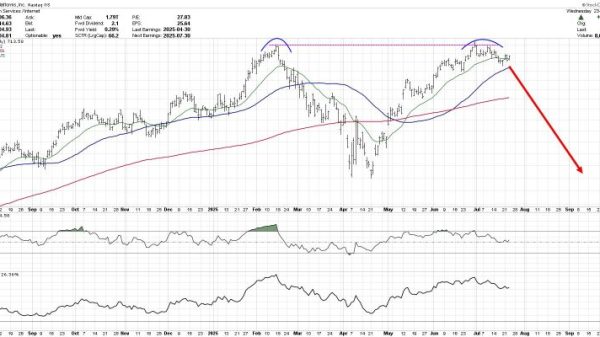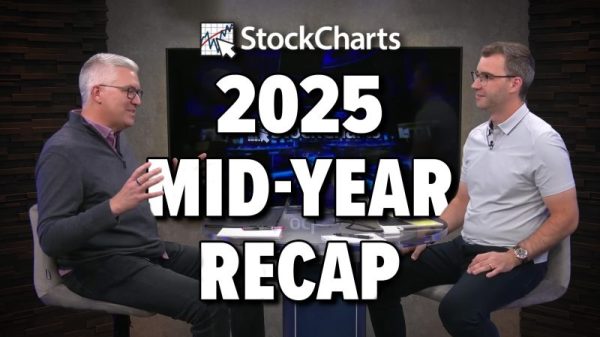

The US’ growing debt burden and rising borrowing costs are sharpening questions about the long-term credibility of the dollar, while simultaneously opening the door for cryptocurrencies to position themselves as alternatives for investors seeking protection from inflation.
A new report from Grayscale, the world’s largest digital asset investment platform, argues that macroeconomic imbalances in the US could drive increasing demand for crypto assets.
“Because of the large debt stock, rising interest rates, and a lack of other viable means for dealing with it, the US government’s commitment to control money supply growth and inflation may no longer be fully credible,” the firm said in its analysis.
A question of trust in money
Modern fiat currencies function only as long as people believe governments will preserve their value.
In practice, that means limiting money supply growth and keeping inflation low. Since the 1990s, delegating this responsibility to independent central banks has largely worked, anchoring expectations and fostering decades of relative stability.
But Grayscale notes that history is full of examples where governments have broken that trust, turning to the printing press to ease fiscal strain.
Today, the US finds itself in a precarious position: public debt has climbed to roughly 100 percent of gross domestic product, interest expenses are rising as bond yields climb, and Washington continues to run persistent deficits.
The report argues that the credibility gap is widening.
“If holders of US Dollar-denominated assets come to believe” that inflation will be tolerated as a tool for managing debt, Grayscale wrote, “they may seek out alternative stores of value.”
In most countries, inflation fears are local problems. In the case of the dollar, the stakes are far higher. The Federal Reserve estimates the US currency accounts for 60 to 70 percent of international use, compared with 20 to 25 percent for the euro and less than 5 percent for the Chinese renminbi.
That dominance means any loss of confidence in the dollar’s stability ripples across global finance. According to Grayscale, this is why risks tied to US debt are not the “most severe” compared to emerging markets but remain “the most important.”
The US fiscal picture deteriorated after the 2008 financial crisis and worsened during the pandemic. From 2007 to today, average annual deficits have swelled from 1 percent to about 6 percent of GDP, pushing total debt to nearly US$30 trillion.
Much of this was sustainable when interest rates were near zero. But the era of cheap borrowing has ended.
As debt is refinanced at higher rates, interest outlays absorb a larger share of federal spending, squeezing room for other priorities and raising the prospect of a “snowball effect” where debt grows faster than the economy.
Enter crypto
This backdrop has fueled interest in alternative monetary assets that are insulated from political pressures.
Gold has long played that role, but Grayscale points to Bitcoin and Ethereum as digital equivalents with unique advantages.
“These cryptocurrencies have certain design features that can make them a refuge, when needed, from conventional fiat money,” the report said.
Bitcoin’s supply is capped at 21 million coins, its issuance schedule is transparent, and no institution can arbitrarily inflate it.
Ethereum, while more complex due to its broader ecosystem of applications, also shares the qualities of decentralization and predictable supply controls.
In Grayscale’s view, these traits matter most when confidence in fiat currencies erodes. “The utility of these assets comes from what they do not do. Most importantly, they will not increase in supply because a government needs to service its debt.”
Despite this, Grayscale does not argue that crypto’s rise is inevitable. A credible restoration of US fiscal discipline and central bank independence could limit the appeal of alternative assets.
Feasible measures, according to the report, might include stabilizing and reducing the debt-to-GDP ratio, reaffirming the Fed’s inflation target, and resisting political pressure on monetary policy.
History itself can serve as a roadmap for this. Gold soared in the 1970s when inflation ran high and institutional credibility faltered, but lost ground in the 1980s and 1990s as the Fed restored trust and inflation fell. A similar trajectory could shape crypto’s role.
For now, the macro picture points in the opposite direction. With deficits entrenched and debt swelling, investors face a world where the dollar’s long-term credibility is in question.
In such an environment, Grayscale argues, crypto assets can serve as a crucial alternative.
“As long as those risks are getting larger, the value of assets that can provide a hedge against that outcome arguably should be going higher,” the report concluded.
Securities Disclosure: I, Giann Liguid, hold no direct investment interest in any company mentioned in this article.



























